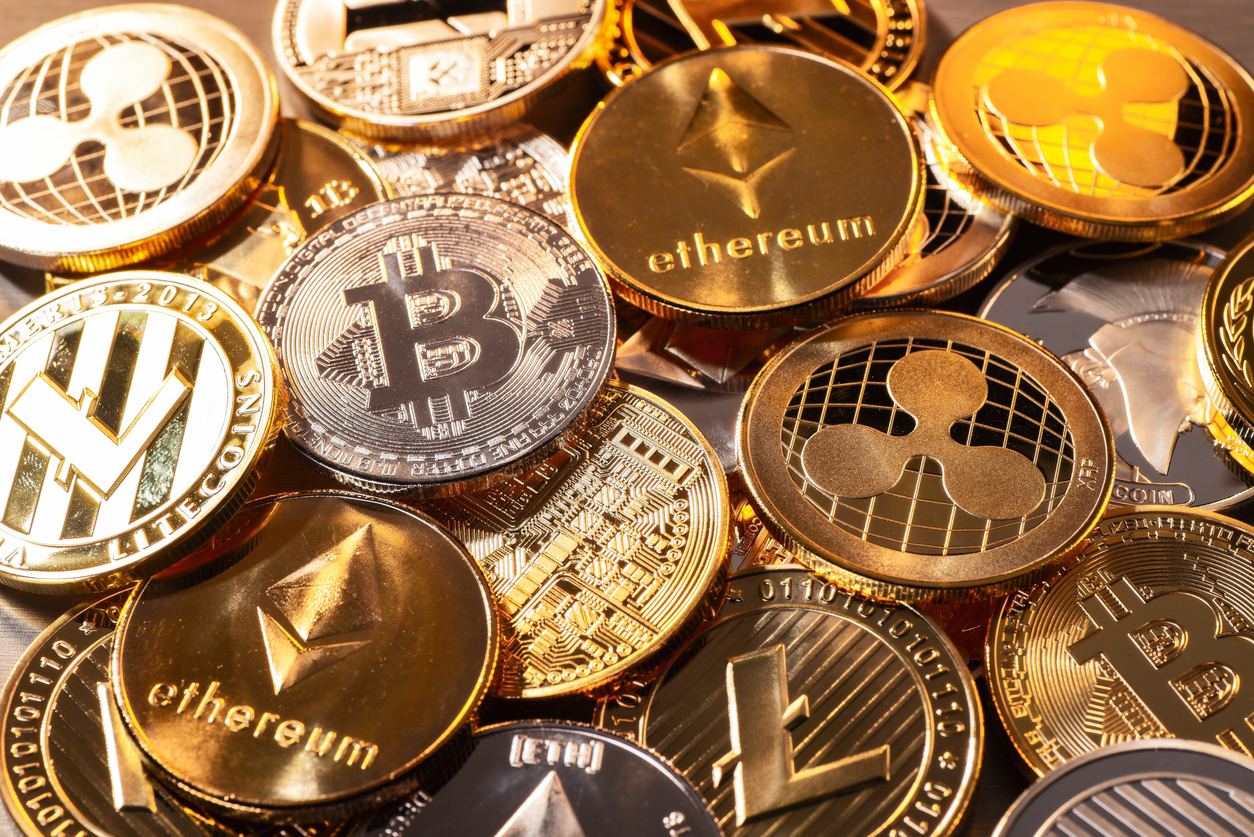As cryptocurrency gains more mainstream attention, it’s becoming increasingly accessible to the average person. You don’t necessarily need to understand the technical details of crypto to buy it with traditional currencies like naira, dollars, or yen. However, before the 2017 Bitcoin frenzy, buying crypto was much more challenging.
If you want to build your cryptocurrency holdings without depleting your fiat holdings, you could consider mining or trading for it. This way, you could potentially increase your crypto assets without sacrificing your fiat currency.
Crypto Mining: How to Obtain Cryptocurrency
Similar to how precious metals are obtained, one way to acquire cryptocurrency is through mining. However, instead of digging into the ground, mining involves solving complex problems within a digital network to earn rewards in the form of Bitcoin (BTC) and Ether (ETH). While mining requires a significant upfront investment, it also has the potential for high return on investment.
How It Works
Decentralized cryptocurrency exists as a network of interconnected computers. Each computer serves as a verification hub for the transaction ledger, eliminating the need for a central ledger. This creates a tamper-proof record of transactions, which is the basis for blockchain technology.
Mining cryptocurrency involves verifying transactions for the network. Think of it as being a bank teller who records buy and sell transactions, and then compares notes with other tellers. If everyone’s notes match, the transaction is considered valid. By “proving your work” against everyone else’s work, the ledger validates itself and resists fraudulent transactions.
This process is known as the “proof of work” (PoW) validation model, and is used by many cryptocurrencies.
Equipment You Need
Participating in a PoW network requires a significant investment in computing power. Consumer-grade computers are insufficient, as the larger the network, the more computing power is required to compete for transaction validation. Additionally, mining requires a considerable amount of electricity, which must be factored into costs.
Mining experts estimate that it costs between $12,525 and $15,062 to mine 1 BTC on your own, including the cost of hardware, mining software, and electricity. If this is too expensive, joining a mining pool may be a viable option. Mining pools are like carpools, where a group of individuals work together to mine more efficiently.
There are three main types of mining rigs: those powered by a central processing unit (CPU), graphics processing unit (GPU), and application-specific integrated circuit (ASIC).
CPU: The CPU is the most accessible rig type for crypto mining, as it is inexpensive and simple. Some individuals even modify their home computers to mine crypto. However, CPUs are losing popularity due to high electricity costs and lower ROI.
GPU: Modern graphics cards in computer setups are better at mining crypto than most CPUs, but are more expensive. Investing in cooling fans is necessary to prevent overheating.
ASIC: The ASIC is specifically designed to mine crypto and is extremely powerful. However, they are scarce and expensive. Additionally, ASICs cannot be used for anything else once their lifespan is done. Many coins discourage their use due to their enormous power.
Purchase Cryptocurrency
If you don’t want to learn about mining and technical terms, you can simply use your money to buy cryptocurrency through modern exchanges that have made the transaction process relatively easy. There are two types of exchanges to choose from: centralized exchanges (CEX) and decentralized exchanges (DEX).
CEX is responsible for being the middleman between buyers and sellers and is easier to regulate due to its definitive entity. However, governments can hold legal fiat-crypto transactions hostage to some extent. On the other hand, DEX does not verify transactions on its platform and is known as peer-to-peer exchanges, providing a place to buy and sell. Although DEX offers anonymity and does not require personal information, it has fewer transaction forms and slower transaction times than CEX. It may also involve negotiating terms with your seller directly, meeting physically, or exchanging currency directly between wallets.
Trade Cryptocurrency
If you’re familiar with traditional stock trading platforms, you can easily learn how to trade cryptocurrency within an asset portfolio. You can also participate in crypto IRAs for tax-deferred trading or speculate on cryptocurrency prices using contracts for difference (CFD) trading. With CFDs, you don’t actually own the cryptocurrency you’re trading, but the user interface looks the same as a crypto exchange.
Modern crypto trading allows for long and short trades, and there are more than 5,000 altcoins to choose from. You can also purchase options on Bitcoin futures through the Chicago Mercantile Exchange. If you want instant diversification, you can try a fund like Grayscale® Bitcoin Investment Trust (OTC: GBTC), but expect the same fees as funds dedicated to other sectors.
Collect NFTs
NFTs or non-fungible tokens are the latest craze in the art collection scene, and you can purchase them online, win them in crypto games, or create them using custom technology. Depending on the type, value, and artist, you can potentially earn a lot of income through NFTs, but just like cryptocurrencies, you must monitor their value carefully.
COLLECTING YOUR FUTURE:
Investing in cryptocurrency is a crucial subject for young and active investors. Despite facing ups and downs, the crypto industry has seen immense growth. Institutional investors who once criticized the concept are now providing crypto investment options. It is important to understand how investing in crypto can impact your portfolio, even if you choose not to invest directly. Cryptocurrency is expected to become a fundamental aspect of our future, and those who collect it may have a significant influence on the world’s financial future.


